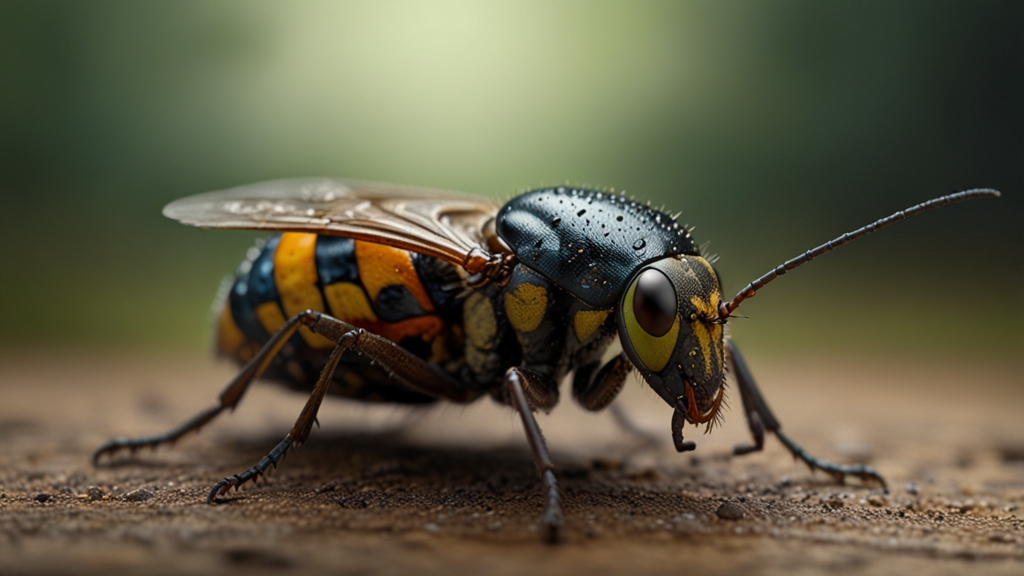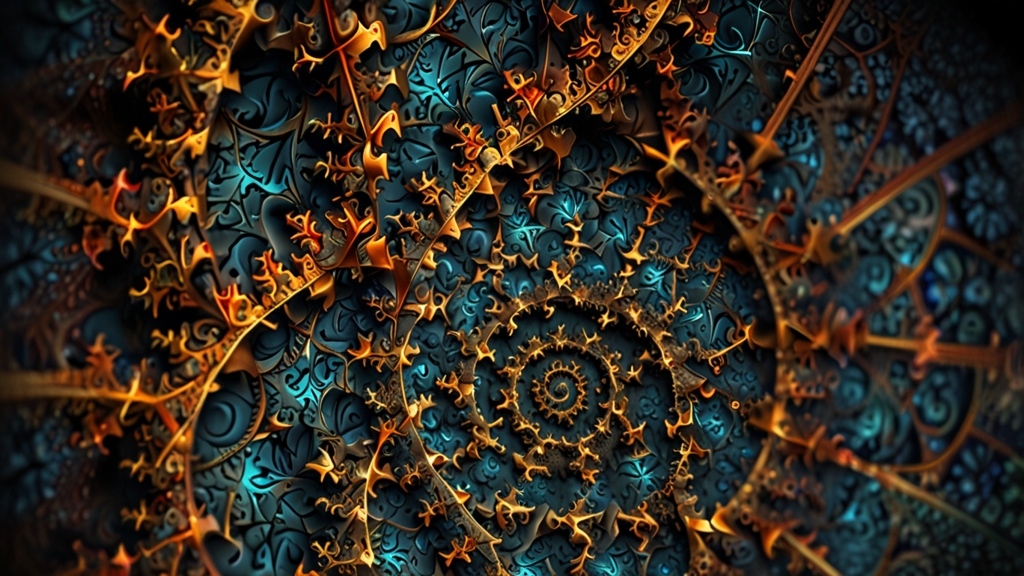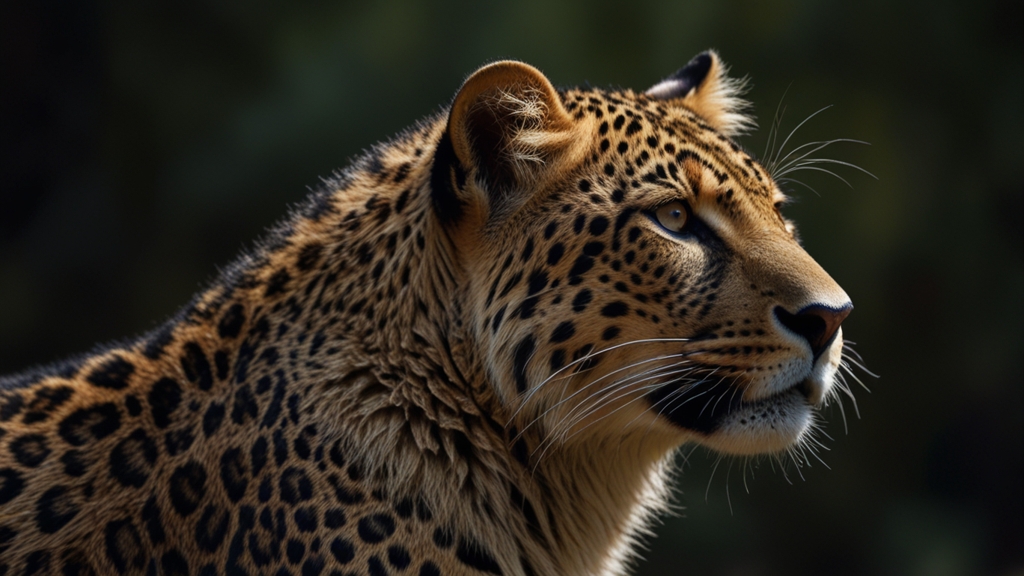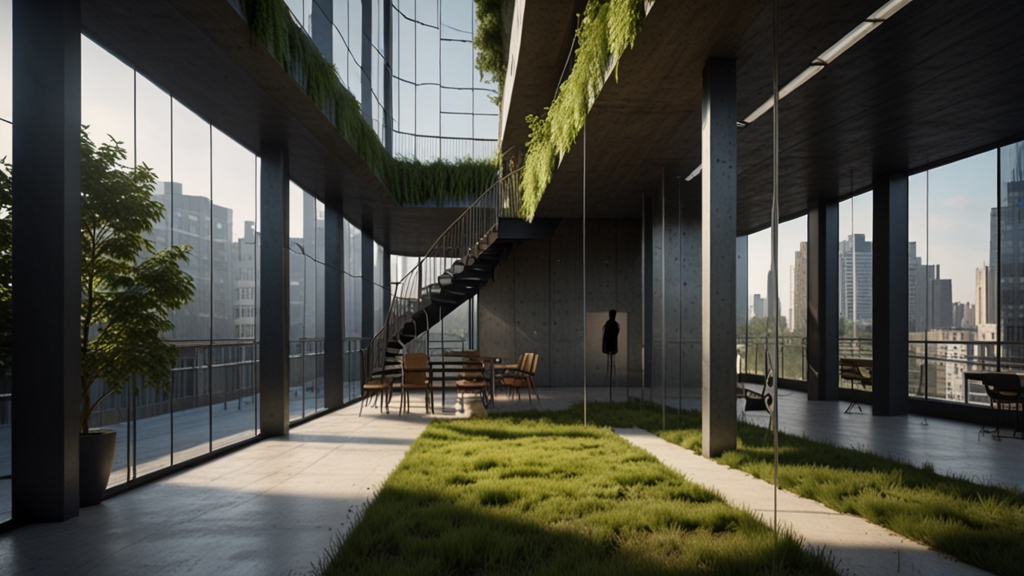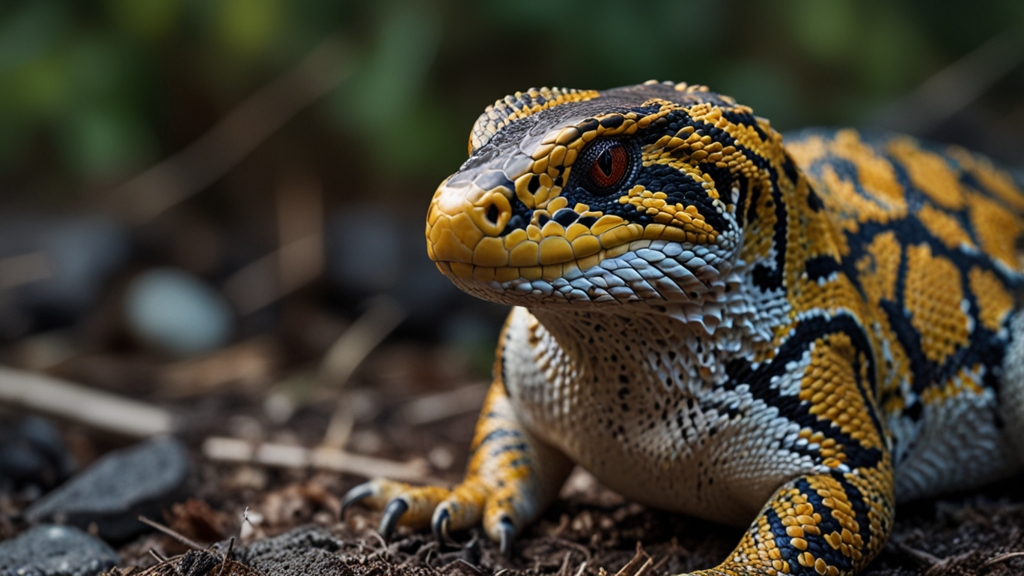The Ocean's Greatest Architects: Creatures That Build Underwater Cities
The ocean is a mystical world brimming with life and wonder, often hiding its most incredible inhabitants several fathoms deep. Among these fascinating creatures are the ocean’s greatest architects, who, despite their diminutive size, construct underwater cities that rival human engineering marvels. These aquatic constructors play critical roles in their ecosystems, creating habitats that support diverse marine life.
Coral Polyps: The Tiny Builders of Coral Reefs
Coral reefs, often referred to as the "rainforests of the sea," are among the largest and most vital underwater structures. These vibrant and complex ecosystems are built by tiny organisms known as coral polyps. These minute creatures, often not more than a few millimeters in diameter, secrete calcium carbonate to build exoskeletons that form the reef’s foundation.
Coral reefs cover less than 1% of the ocean floor, yet they support about 25% of all marine species. This makes them one of the most productive and diverse ecosystems on the planet.
The symbiotic relationship between coral polyps and photosynthetic algae known as zooxanthellae is fundamental to reef building. The algae provide the polyps with energy through photosynthesis, while the polyps offer a protected environment and nutrients for the algae. Together, they create vast underwater structures that span thousands of kilometers, such as the Great Barrier Reef.
Pufferfish: The Underwater Artists
In the coastal waters of Japan, a small pufferfish species has stunned scientists and divers alike with its intricate and beautiful underwater "crop circles." These structures, measuring about six feet in diameter, are meticulously crafted by male pufferfish as part of a courtship ritual to attract females.
The pufferfish uses its fins to carve geometric patterns in the sandy seabed, moving back and forth tirelessly for days. These designs not only demonstrate the pufferfish's artistic abilities but also serve a practical purpose. The grooves and ridges help to collect fine sediments, which in turn may nourish the fish eggs laid in the center of the circle, providing a safer environment for the next generation.
The discovery of pufferfish "crop circles" challenged previous notions of animal behavior, showcasing the complexity and creativity ingrained in underwater life.
Termite-Like Tube Worms: Creating Hydrothermal Vent Communities
In the dark, high-pressure environment of the deep ocean, near hydrothermal vents, live colonies of tubeworms (Riftia pachyptila). These unique creatures build tubes made from chitin and proteins, forming dense clusters often referred to as "vent communities." These structures provide habitats for various organisms, including crabs, shrimp, and mollusks, creating a bustling and diverse community in one of the most extreme environments on Earth.
These tubeworms lack a digestive system and instead rely on chemosynthetic bacteria housed within their bodies. The bacteria convert the chemicals emitted by the hydrothermal vents into organic molecules that nourish the tubeworms. This symbiotic relationship enables the tubeworms to thrive in conditions that would be inhospitable to most life forms.
Octopuses: The Clever Constructors
Octopuses, known for their intelligence and problem-solving abilities, also exhibit impressive construction skills. In the shallower coastal waters, some octopus species have been observed crafting "dens" or "gardens" using shells, rocks, and other debris. These dens serve as protective shelters and strategic hunting outposts.
Their ability to manipulate objects and use tools is remarkable and considered rare in the animal kingdom. The veined octopus (Amphioctopus marginatus) has even been seen collecting coconut shells and arranging them to create portable shelters, demonstrating a level of foresight and planning previously unseen in marine animals.
"The octopus, a symbol of mystery and adaptability, continues to surprise scientists with its sophisticated behaviors and environmental adaptations." - Marine Biologist, Dr. Sylvia Earle
The underwater architects of the ocean illustrate nature's creativity and ingenuity. From the expansive coral reefs built by tiny polyps to the delicate sand sculptures of the pufferfish, these underwater constructions not only mesmerize with their beauty but also underline the interdependence of marine ecosystems. As we continue to explore and learn more about these fascinating builders, we gain greater insight into the complexity of life beneath the waves and the importance of preserving these remarkable underwater cities for future generations.




